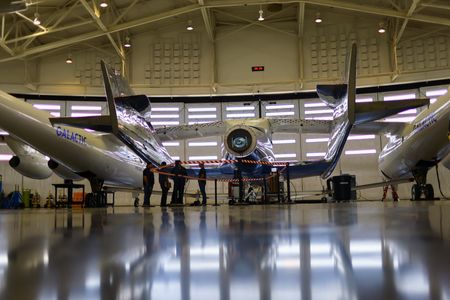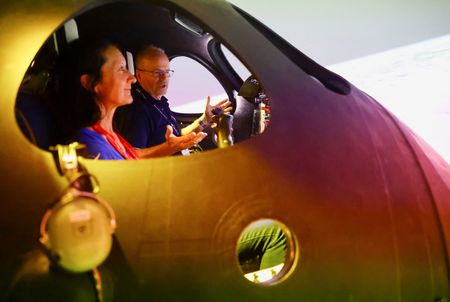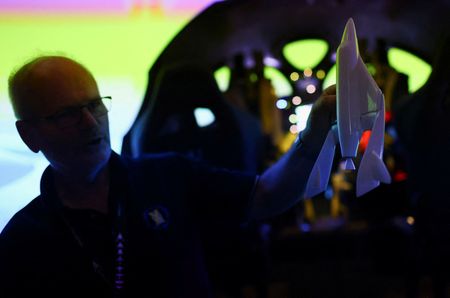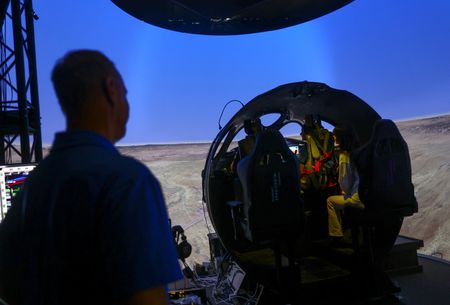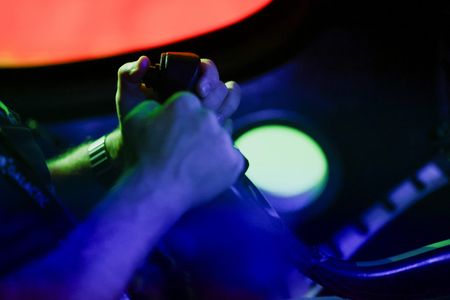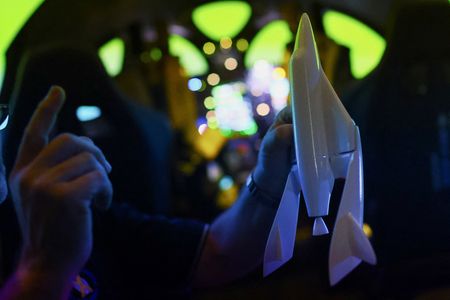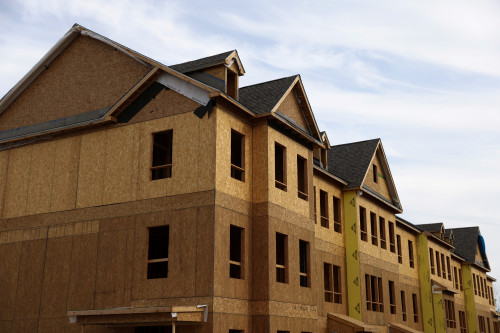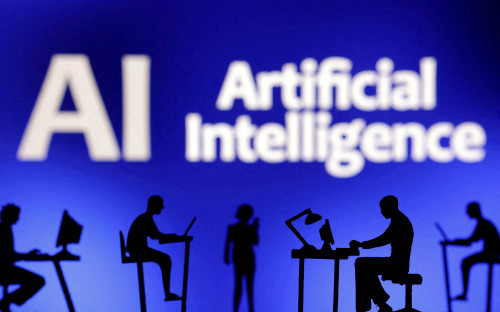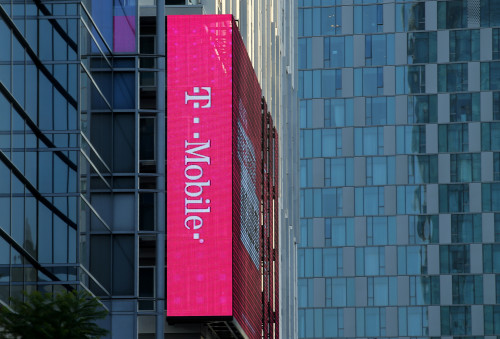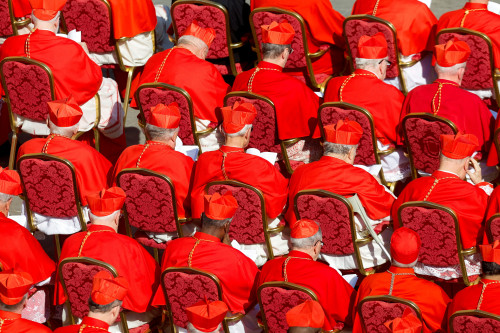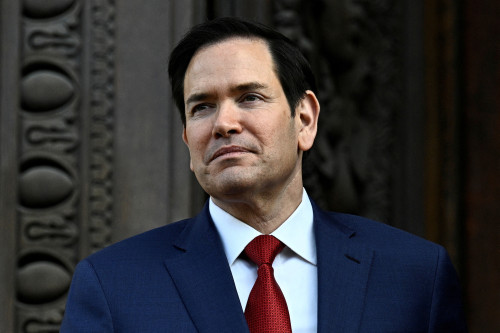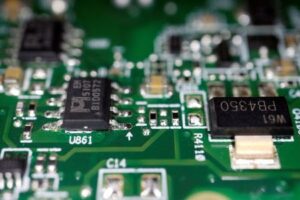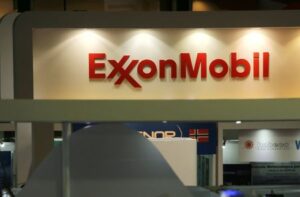By Jose Luis Gonzalez and Steve Gorman
TRUTH OR CONSEQUENCES, New Mexico (Reuters) – A three-man crew from Italy is set on Thursday to board a passenger rocket plane operated by Virgin Galactic, the venture British billionaire Richard Branson founded in 2004, for the company’s first commercial flight to the edge of space.
The two Italian air force officers and an aerospace engineer from the National Research Council of Italy were to join their Virgin Galactic instructor and the spaceplane’s two pilots on a suborbital ride taking them about 50 miles (80 km) above the New Mexico desert.
The flight, dubbed Galactic 01, comes two years after Branson himself rode along with five other Virgin Galactic Holdings Inc personnel for the company’s first fully crewed test spaceflight of its rocket plane, VSS Unity.
Back then, Virgin Galactic officials said they expected to begin regular commercial operations in 2022 following additional test flights. But completion of the test campaign took longer than anticipated after federal regulators grounded the rocket plane for 11 weeks while the company was under investigation for deviating from its assigned airspace on ascent during the July 2021 flight. A final crewed test flight to space was conducted successfully but with less fanfare five weeks ago.
Virgin Galactic is one of a handful of private ventures, including SpaceX and Blue Origin, catering to wealthy would-be citizen astronauts willing to pay large sums of money to experience the exhilaration of supersonic rocket speed, weightlessness and the spectacle of spaceflight.
The mission of the Italian team flying on Thursday, however, was touted as a scientific one, with the three men planning to collect biometric data, measure cognitive performance and record how certain liquids and solids mix in microgravity conditions.
ITALIAN RESEARCH MISSION
For Italian Air Force Colonel Walter Villadei, the flight is also part of his astronaut training for a future mission to the International Space Station.
Joining him on Thursday are two Italian colleagues – Air Force Lieutenant Colonel Angelo Landolfi, a physician and flight surgeon, and Pantaleone Carlucci, a research council member acting as flight engineer and payload specialist.
Taking the fourth passenger seat is their Virgin Galactic trainer, Colin Bennett, who earned his astronaut wings on the July 2021 flight with Branson as the company’s lead operations engineer. Unity will be operated by two Virgin Galactic pilots – retired U.S. Air Force Lieutenant Colonel Michael Masucci and Nicola Pecile, who formerly held the same rank in the Italian air force.
Thursday’s 90-minute flight profile is expected to follow the sequence Unity flew two years ago and again in May.
The gleaming white spaceplane was set to take off from Spaceport America, a state-owned facility near the New Mexico town of Truth of Consequences, attached to the underside of its dual-fuselage carrier jet, VMS Eve, named for Branson’s late mother.
Reaching its high-altitude launch point at about 50,000 feet (9.5 miles/15.24 km), Unity is to be released from the mothership and fall away as the spaceplane’s rocket is ignited, sending the vehicle streaking straight upward at supersonic speed to the blackness of space some 50-55 miles (80-89 km) high.
At the apex of its climb, the rocket shuts down and the crew experiences a few minutes of near weightlessness before the spaceplane shifts into re-entry mode to begin a gliding descent to a runway back at the spaceport.
If all goes smoothly, Unity would fly again in early August, with monthly flights thereafter, the company said.
Virgin Galactic had projected booking its first 1,000 paying customers, charging about $250,000 per seat, by the time commercial service opened. Corporate officials have said they envision eventually building a large enough fleet to accommodate 400 flights annually.
Demonstrating that rocket travel is safe for the public is key. An earlier prototype of Virgin Galactic’s rocket plane crashed during a test flight over California’s Mojave Desert in 2014, killing one pilot and seriously injuring another. Passengers are now required to sign a pre-flight waiver acknowledging the risks and lack of government regulation over space tourism.
Bragging rights over what is considered true spaceflight also has factored into the business.
NASA and the U.S. Air Force both define an astronaut as anyone who has flown to an altitude of 50 miles (80 km) or more.
Billionaire rival Jeff Bezos, whose astro-tourist venture Blue Origin has already flown several commercial passenger flights, has disparaged Virgin Galactic as falling short of a true spaceflight experience.
Unlike Unity, according to Bezos, Blue Origin’s suborbital New Shepard rocketship tops the 62-mile-high-mark (100 km), called the Karman line, set by an international aeronautics body as defining the boundary between Earth’s atmosphere and space.
(Reporting by Jose Luis Gonzalez in Truth or Consequences, New Mexico, and Steve Gorman in Los Angeles; Editing by Will Dunham)

